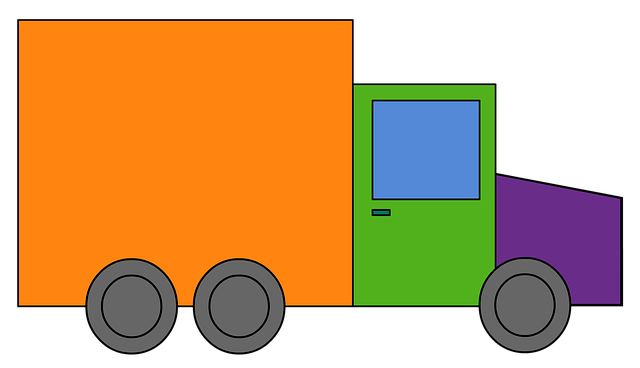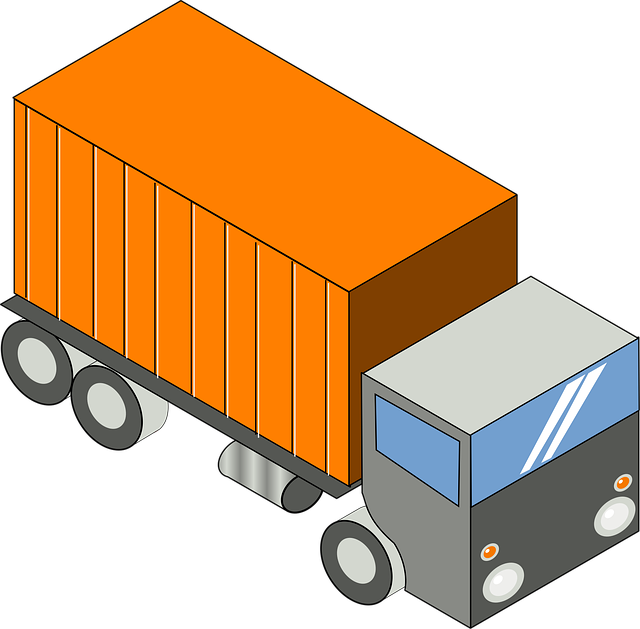Registering a car in California involves understanding specific requirements and preparing essential documents. This comprehensive guide walks you through the process, ensuring a smooth experience. From meeting DMV VIN verification standards to completing online or in-person registration, we cover it all. Learn about vehicle inspections, necessary paperwork, and post-registration steps. Master the art of car registration in California with our step-by-step instructions, including tips for a seamless dmv vin verification process.
- Understand the Requirements for Car Registration in California
- Gather Necessary Documents for DMV VIN Verification
- Prepare Your Vehicle for Inspection and Registration
- Complete the DMV Registration Process Online or In-Person
- Post-Registration Steps and Important Considerations
Understand the Requirements for Car Registration in California

Before you start the registration process, it’s crucial to understand what’s required for car registration in California. The state Department of Motor Vehicles (DMV) has stringent regulations that all vehicle owners must adhere to. One key step is ensuring a successful dmv vin verification. This involves verifying the Vehicle Identification Number (VIN), which acts as a unique fingerprint for your car, confirming its authenticity and history.
Additionally, you’ll need to meet certain criteria like having valid insurance, passing an emissions test, and providing proof of ownership. A vin inspection is often required during this process, and many opt for convenient mobile vin verifier services that come to them for a hassle-free experience.
Gather Necessary Documents for DMV VIN Verification

Before you can register your car in California, you’ll need to ensure that all required documents are ready for the DMV’s VIN verification process. This includes gathering important papers such as proof of ownership (a vehicle bill of sale or previous registration), a valid driver’s license or state ID card, and current auto insurance documentation. Additionally, you will require your vehicle’s unique identifier—the Vehicle Identification Number (VIN). The VIN is a 17-character code that can be found on the vehicle’s registration label or in its owner’s manual.
For convenience, many individuals opt for a mobile vin inspection or use a mobile vin verification service. These options allow you to have your vehicle’s VIN checked remotely, saving time and effort. A reliable mobile vin verifier can quickly cross-reference your VIN with national databases to ensure its authenticity, helping streamline the registration process at the DMV.
Prepare Your Vehicle for Inspection and Registration

Before heading to the California Department of Motor Vehicles (DMV) for registration, ensure your vehicle is prepared for inspection by meeting all safety and emissions standards. One crucial step is to obtain a valid Vehicle Identification Number (VIN) verification report, which can be facilitated through a mobile vin verifier. This report confirms that your vehicle’s VIN is accurate and matches the make, model, and year listed in California records.
A mobile vin inspection service can help streamline this process by providing on-site or remote verifications, allowing you to address any discrepancies before reaching the DMV. With these preparations in place, you’ll be ready to navigate the registration process smoothly.
Complete the DMV Registration Process Online or In-Person

You have the option to complete your California car registration either online or in-person at a DMV office. Both methods require accurate information and necessary documents. If choosing the online route, start by visiting the official DMV website and accessing the registration form. Here, you’ll need to provide your vehicle’s details, including its make, model, year, and unique Vehicle Identification Number (VIN). The DMV will then conduct a VIN verification to ensure the car’s history aligns with the information provided.
For an in-person visit, gather all required paperwork, such as proof of insurance, title, and identification. A mobile vin inspection is not necessary when registering in person, as the DMV has the capability to verify the VIN themselves during the registration process. Regardless of your chosen method, ensure you meet California’s requirements for car registration to avoid any delays or complications.
Post-Registration Steps and Important Considerations

After successfully registering your vehicle with the California Department of Motor Vehicles (DMV), there are several crucial post-registration steps to complete. One essential task is to obtain a Vehicle Identification Number (VIN) verification, which can be done through a DMV vin inspection or utilizing a mobile vin verifier service. This process ensures that your vehicle’s unique VIN is accurate and matches the information on record, protecting you against potential fraud or identity theft.
Additionally, consider keeping your registration documents and proof of insurance easily accessible at all times. Regularly reviewing these documents ensures compliance with California’s vehicle regulations and can streamline future transactions like insurance claims or title transfers. Remember to update any changes in ownership or address promptly to avoid penalties and maintain a clean driving record.
Registering a car in California is a straightforward process that requires understanding specific requirements, gathering essential documents, and completing the registration either online or in-person. Remember to prepare your vehicle for inspection, ensuring it meets safety standards. Post-registration, stay informed about important considerations like insurance and annual renewals, making the experience smooth and hassle-free with effective dmv vin verification.
